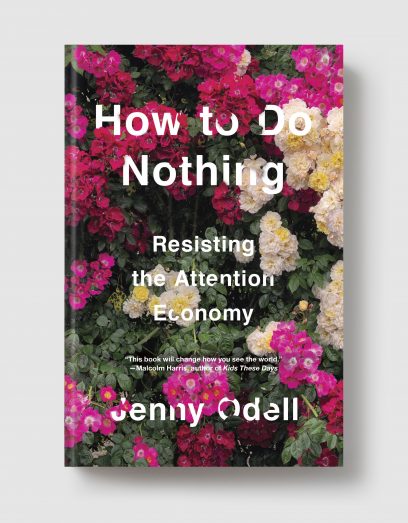You have /5 articles left.
Sign up for a free account or log in.
A week ago, before the blizzard we’re currently enjoying in my part of the country, we took advantage of spring break to look at birds. Lots of them, pausing on their migration to glean from farm fields in central Nebraska. There’s something amazing about seeing so many graceful birds wheeling in huge flocks in the twilight before settling together, shoulder-to-shoulder, on the sandy shallows of the Platte River, chattering noisily to each other until light fades and the sky grows dark. It’s good to remember there are amazing things around us, including bird species older than humans traveling hundreds of miles a day, knowing somehow when to leave and where to go.
 Jenny Odell writes about birds quite often in her new book, How to Do Nothing: Resisting the Attention Economy. There are the night herons that perch near a Kentucky Fried Chicken outlet in a developed area of Oakland, California that once was wild habitat. They seem like ghosts to her, reminders of a time before their habitat became a city. There are the clever crows who like to show off their moves as they dive for peanuts that she pitches off her balcony. And there is flora, too, like the last old-growth redwood still standing in the Oakland hills, a tree too twisted and stunted to have been caught up in the logging that took its neighbors. Odell, a writer, artist, and teacher, urges us to attend to things like this, to notice where we live and who are our neighbors, to reclaim our time and attention for things that matter. Her book is a “field guide for doing nothing as an act of political resistance to the attention economy.”
Jenny Odell writes about birds quite often in her new book, How to Do Nothing: Resisting the Attention Economy. There are the night herons that perch near a Kentucky Fried Chicken outlet in a developed area of Oakland, California that once was wild habitat. They seem like ghosts to her, reminders of a time before their habitat became a city. There are the clever crows who like to show off their moves as they dive for peanuts that she pitches off her balcony. And there is flora, too, like the last old-growth redwood still standing in the Oakland hills, a tree too twisted and stunted to have been caught up in the logging that took its neighbors. Odell, a writer, artist, and teacher, urges us to attend to things like this, to notice where we live and who are our neighbors, to reclaim our time and attention for things that matter. Her book is a “field guide for doing nothing as an act of political resistance to the attention economy.”
This isn’t a self-improvement plan or an argument for doing a digital detox; it’s a critique of how we’ve adopted constant productivity as a virtue and how social media has monetized our attention in ways that aim to keep us in “a profitable state of anxiety, envy, and distraction.” This is not to argue a retreat from the world, but rather a refusal to live life according to productivity quotas and the “ruthless logic of use,” to collect around ourselves the context of our lives – the natural world we inhabit, the communities we live in - in the face of an economy that has no geographic coordinates, no contiguous borders with the natural world, no time but the present.
In addition to urging us to take back our time and sense of context, she writes about parks and libraries, as places where we can decide what we want to do with our time.
In the process of writing this book, I realized the experience of research is exactly opposite to the way I often encounter information online. When you research a subject, you make a series of important decisions, not least what it is you want to research, and you make a commitment to spend time finding information that doesn’t immediately present itself. You seek out different sources that you understand might be biased for various reasons. The very structure of the library . . . an example of a non-commercial and non “productive” space so often under threat of closure, allows for browsing and close attention. Nothing could be more different from the news feed, where these aspects of information – provenance, trustworthiness, or even what the hell it’s about – are neither coherent nor subject to my judgment. Instead this information throws itself at me in no particular order, auto-playing videos and grabbing me with headlines. And behind the scenes, it’s me who’s being researched (175).
It’s hard to know exactly where to shelve this book in my mind’s library. It’s about technology and about art, it’s about birds, it’s full of references to the classics and philosophy, it’s about personal experiences and collective action. It’s very much a liberal arts approach to how we might live, together, in a troubled world where too much is being lost, including our personal and collective time and attention.

